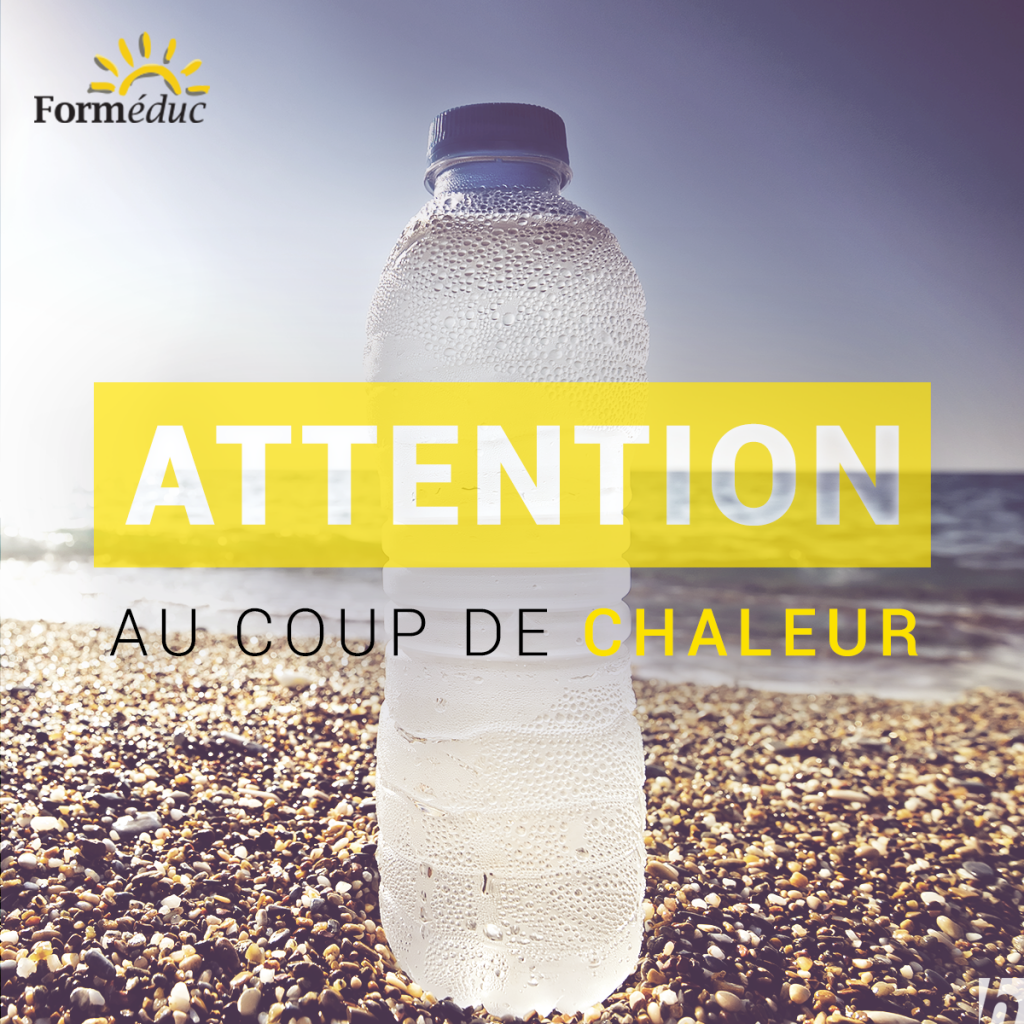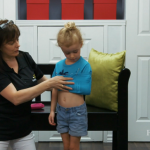

- 1 July 2020
- |
- Andrée Bouchard
When faced with a heat wave, many people can feel uncomfortable. Children, like the elderly, are more vulnerable to classic heatstroke, but exercise-related heatstroke can also occur in healthy people who take part in intense physical activity.
Heatstroke (also known as sunstroke or hyperthermia) occurs after exposure to high temperatures for too long. It occurs when the body can no longer control and maintain a normal temperature (37°C or 98.6°F). It is a medical emergency that can be life-threatening and lead to death.
Heat stroke is characterized by high fever (often over 40°C), associated with severe neurological signs (loss of consciousness, confusion), cardiovascular manifestations (shock, accelerated pulse), cutaneous signs (hot, red, dry skin, dry mucous membranes and tongue) and sometimes digestive signs (nausea, vomiting and diarrhea).
What to do if your child suffers from heatstroke?
When heatstroke is suspected, it’s urgent to contact the emergency services.
- While waiting for help to arrive, take all necessary steps to cool and rehydrate the child.
- Place in a cool, shady spot. Remove excess clothing, and loosen any that can be loosened.
- If possible, immerse the child in a cool water bath (37.5°C). If no bath is available, a washcloth or towel soaked in cool water can be used.
- If you have a fan at your disposal, use it.
- If the child is conscious, sip water.
- Monitor vital signs and be prepared to perform the CPR measures taught to you in your first aid course.
How do you recognize a dehydrated child?
Children can become dehydrated if they consume less fluid than they lose by urinating or sweating. Following heatstroke, an illness combining diarrhea and vomiting, or a high fever, a young child can become dehydrated extremely quickly. When faced with a tired, downcast child, look for these signs of dehydration:
- Skin fold, observed by pinching the skin of the child’s abdomen: it remains folded for longer than normal;
- Dry mouth and tongue;
- Absence of tears, dry eyes;
- Thirsty;
- Weak or absent urination, dark urine;
- Irritability ;
- Headaches, dizziness;
- Cramps;
- Dark circles around the eyes;
- Altered level of consciousness.
How can I avoid heat stroke and dehydration?
- Never leave a child in a parked car in direct sunlight, not even for a few minutes;
- Do not cover young children, especially when they have a high fever;
- Keep children out of the sun for long periods, and take breaks in cool, shady places;
- Avoid strenuous outdoor activities;
- Offer your child regular refreshments, ideally water!
If you have any doubts about your child’s health or condition, contact info-santé: 8-1-1




